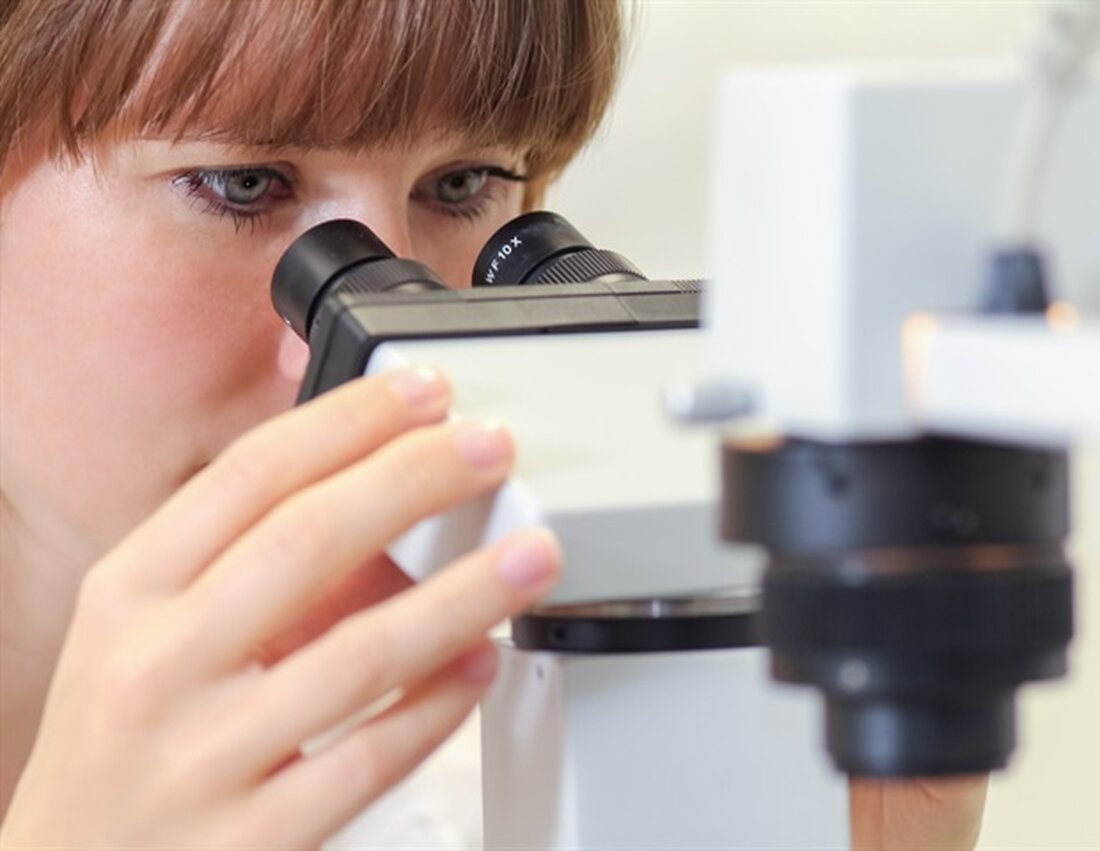The study provides new targets for drug therapies to combat chronic inflammatory diseases
Innate lymphoid cells are a recently discovered family of white blood cells found in the skin, gastrointestinal tract, respiratory tract, and other barrier tissues of the body. Group 2 innate lymphoid cells (ILC2s) play an essential role in protecting these tissues from parasitic infections as well as damage associated with allergic inflammation and asthma, according to a new study led by Weill Cornell Medicine researchers. The finding resolves a controversy about the possible redundancy of ILC2s with other cells in the body. The study also suggests that a unique set of regulatory networks controlled by neurons in the gut...

The study provides new targets for drug therapies to combat chronic inflammatory diseases
Innate lymphoid cells are a recently discovered family of white blood cells found in the skin, gastrointestinal tract, respiratory tract, and other barrier tissues of the body. Group 2 innate lymphoid cells (ILC2s) play an essential role in protecting these tissues from parasitic infections as well as damage associated with allergic inflammation and asthma, according to a new study led by Weill Cornell Medicine researchers.
The finding resolves a controversy about the possible redundancy of ILC2s with other cells in the body. The study also suggests that a unique set of regulatory networks controlled by neurons in the gut could be viable targets for future drug therapies to combat chronic inflammatory diseases such as asthma, allergies and inflammatory bowel disease (IBD).
The study, published November 2 in Nature, shows that while ILC2s share many functional similarities with immune cells called T helper type 2 cells (Th2 cells), the latter cell type cannot adequately compensate for the loss of the protective response of ILC2s against parasitic worm infections in the gut as well as intestinal inflammation. The researchers highlighted the clinical relevance of the study by finding evidence that ILC2s in humans respond in a similar way to mouse ILC2s.
This expands our understanding of the complexity of the immune system and gives us potential new targets for future therapies.”
Dr. David Artis, senior author of the study, Weill Cornell Medicine
Dr. David Artis is director of the Jill Roberts Institute for Research in Inflammatory Bowel Disease and director of the Friedman Center for Nutrition and Inflammation and Michael Kors Professor of Immunology at Weill Cornell Medicine.
ILC2s are part of a family of cells, innate lymphoid cells, that were discovered by several groups just about 12 years ago. Due to their strong presence in barrier tissues, innate lymphoid cells are generally considered sentinels and first responders against various types of infections. However, scientists also recognize that ILCs may hold the key to understanding common inflammatory and autoimmune diseases such as asthma and IBD.
Both ILC2s and Th2 cells are thought to have evolved, at least in part, to protect the body from parasitic worm infections, biting insects, and other environmental triggers. When triggered by such challenges, both help mount what is known as a type 2 immune response. These similarities have led researchers to believe that they are functionally almost the same, but ILC2s are specialized for earlier, more localized responses, while T cells are more bloodborne and mobile, concentrating in multiple tissues when needed. However, in the new study, researchers found that ILC2s play an essential role in the immune system rather than being redundant as type 2 immune responses.
When ILC2 and Th2 cells are activated by a worm infection, they both produce a tissue-protective anti-worm protein called amphiregulin (AREG). To determine whether Th2 cells can compensate for the loss of this protein from ILC2s, the researchers constructed mice in which AREG production is selectively deleted in ILC2s but not in Th2 cells. They found that these mice were more susceptible to intestinal parasitic worm infection compared to mice with normal ILC2s because they were less able to mount an antiparasitic immune response. The mice lacking ILC2 AREG were also much more susceptible to intestinal damage caused by inflammation.
“This finding makes it clear that ILC2s play the main role in this tissue-protective response – without them the response is inadequate,” said study co-first author Dr. Hiroshi Yano, a postdoctoral researcher in the Artis lab.
Clarifying the functional significance of an important immune cell type is a significant achievement in basic immunology, and the results of the study also suggest clinical applications. The researchers showed that the ILC2 immune response, to either worm infection or inflammatory intestinal damage, is selectively controlled by a signaling molecule produced by neurons in the intestine. Giving the molecule to mice with experimental intestinal inflammation increased AREG production in ILC2s and protected the animals from intestinal damage. Preliminary experiments with intestinal ILC2 taken from patients with inflammatory bowel disease showed that the molecule could also enhance the protective response in human cells. These results suggest that neurons in the gut communicate with ILC2 to generate a protective response that cannot be replaced by other immune cells, thus providing new therapeutic opportunities, said Dr. Artis.
Source:
Reference:
Tsou, AM, et al. (2022) Neuropeptide regulation of nonredundant ILC2 responses at barrier surfaces. Nature. doi.org/10.1038/s41586-022-05297-6.
.

 Suche
Suche
 Mein Konto
Mein Konto
